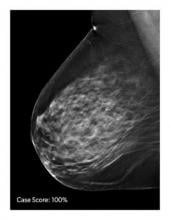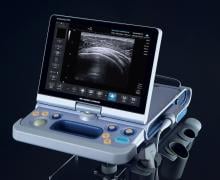October 29, 2019 — A UCLA-led study finds that, with the use of magnetic resonance imaging (MRI) scans, it is possible to distinguish between memory loss caused by Alzheimer’s disease and traumatic brain injury.
© Copyright Wainscot Media. All Rights Reserved.
Subscribe Now



